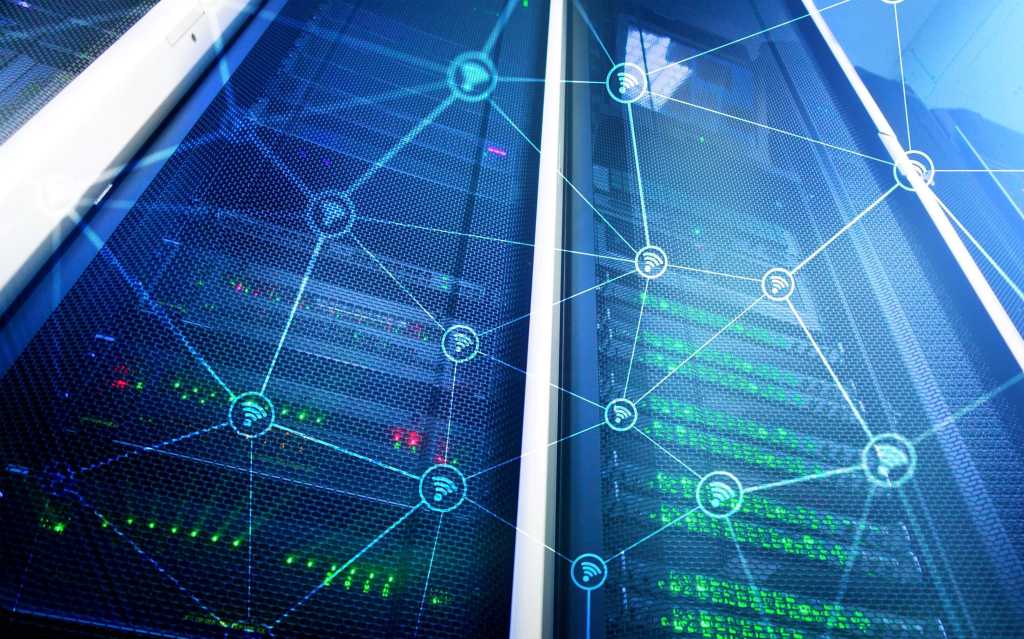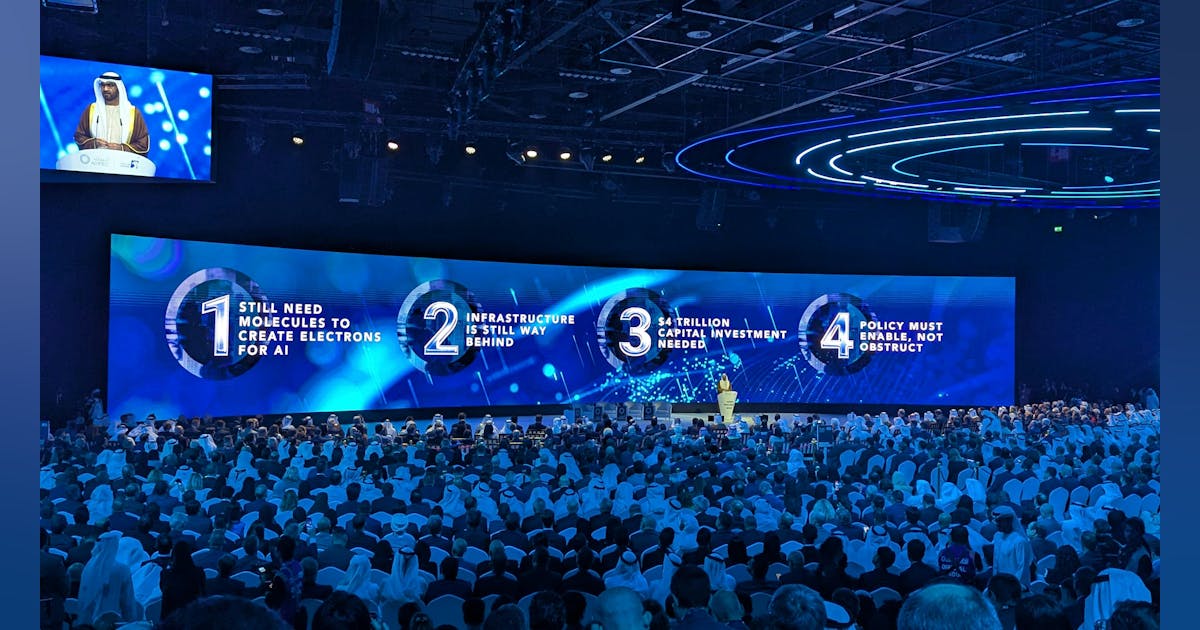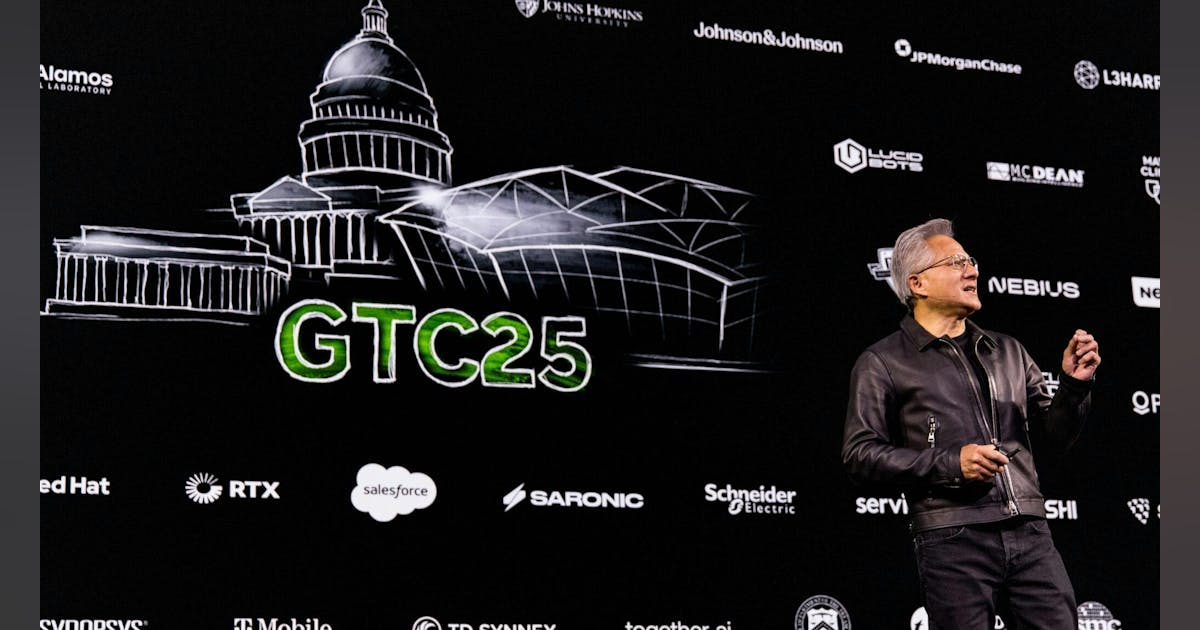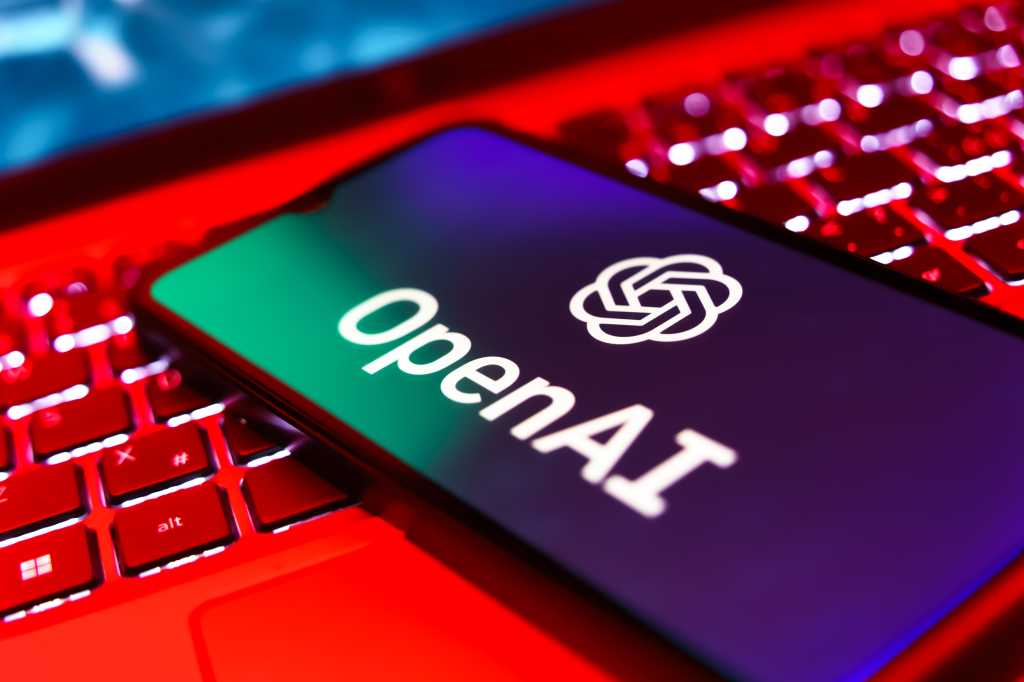
India has agreed to boost oil and gas imports from the US in an effort to reduce the trade imbalance between the two countries and avoid retaliatory tariffs.
“I think we purchased about $15 billion in US energy output,” India’s Foreign Secretary Vikram Misri said during a media briefing in Washington on Thursday, after Prime Minister Narendra Modi met President Donald Trump. “There is a good chance that this figure will go up as much as $25 billion.”
Misri added that it was “entirely possible increased energy purchases will contribute to impacting the deficit between India and US.”
State-owned companies attending India’s biggest annual energy gathering this week have sounded a similar note, saying they would look to buy more US crude and LNG. Indian Oil Corp. is in talks with Cheniere Energy Inc. for a long-term LNG supply pact. Gail India Ltd has also revived plans to buy a stake in a liquefaction facility in the US, Chairman Sandeep Gupta said.
In the leaders’ joint statement, Modi and Trump vowed to lift energy trade, “to establish the United States as a leading supplier of crude oil and petroleum products and liquefied natural gas to India” and to enhance investments in hydrocarbon infrastructure.
India was the top buyer of US crude in 2021, lifting some 406,000 barrels a day and accounting for 14.5 percent of total US exports, according to Kpler data. But that figure has since dropped. In the first 11 months of 2024, the US accounted for less than 5 percent of India’s total imports, as processors shunned traditional suppliers in favor of Russia’s discounted barrels.
Since the US imposed tighter sanctions on Moscow’s hydrocarbon trade earlier this year, the world’s third-largest oil consumer is working to rebuild disrupted supply chains in an effort to keep discounted crude flowing.
The US is India’s second-largest trading partner after China, with a total trade of $82.5 billion between April and November 2024. But India’s exports stood at $52.9 billion against a basket of imported goods worth $29.6 billion — a gap that may expose the country to retaliatory tariffs from the US administration.
India’s initial optimism about the Trump presidency has been dampened by concerns over an impending trade war and immigration policies targeting its citizens. In the hope of avoiding trade restrictions, the government has offered concessions such as cutting import tariffs and phasing out additional levies on imports.
Modi agreed to begin negotiations to address the US trade deficit, President Trump said on Thursday, while blaming New Delhi for the high duties which led the US to implementing retaliatory tariffs.
What do you think? We’d love to hear from you, join the conversation on the
Rigzone Energy Network.
The Rigzone Energy Network is a new social experience created for you and all energy professionals to Speak Up about our industry, share knowledge, connect with peers and industry insiders and engage in a professional community that will empower your career in energy.
MORE FROM THIS AUTHOR
Bloomberg























